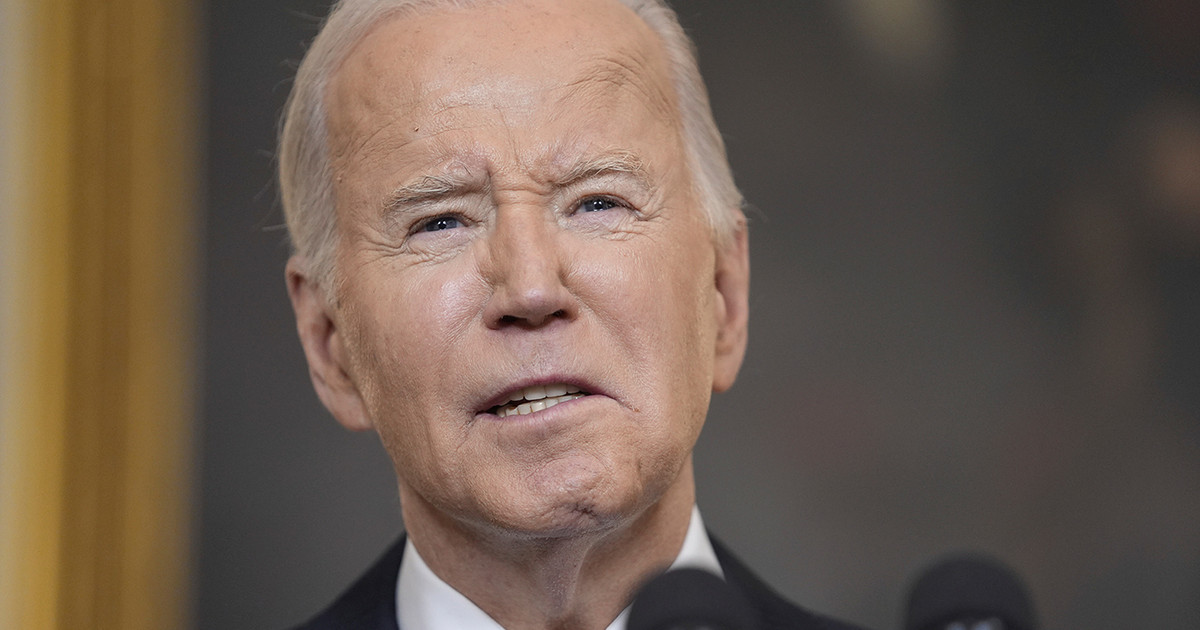A Public-Private Partnership (PPP) proposed by the management Ricardo Nunes (MDB) for the center of São Paulo foresees the eviction of around 400 people who live in properties occupied by housing movements.
The proposal provides for the concession of spaces and others around Largo do Paiçandu for 25 years, with the transformation by the private sector of the occupied spaces into rental apartments.
The PPP is in the public consultation phase until the 15th, with suggestions only by email. The announcement says that the properties will be delivered to the concessionaires “free and unimpeded”.
The City Hall argues that the consultation was “widely publicized”, which occurred in part of the profiles and pages of the municipality. A virtual public hearing is scheduled for Tuesday (10), at 10 am. The proposal may undergo modifications and there is no date for the publication of the bid.
The PPP covers Largo do Paiçandu, which will receive mobile kiosks; Galeria Olido, which would become an educational and cultural center; the former Art Palace, adapted as an amphitheater and rental residence; the Independência Building (floors above Bar Brahma), for an “innovation hub”; and the Boticário Complex, where there are occupations and commerce, for the construction of buildings for lease.
There will be works of restoration, reform, construction and readjustment, in addition to maintenance, janitorial and operation of activities. Private investments are estimated at R$ 189 million, while the consideration and contribution paid by the City Hall are estimated at R$ 372.5 million. In the case of private properties, expropriation is foreseen.
Occupation
The PPP especially affects the Ocupação Rio Branco, installed in 2011 where the hotels and a cinema operated. According to the Central and Regional Housing Movement (MMCR), around 300 people (58 families) live in the area. In place of the occupation and other properties, the proposal provides for the construction of a condominium with 308 apartments of 28 m².
Maid Eliane Saldanha, 57, and bricklayer José Saldanha, 62, are among the first residents of the occupation, to which they moved after she was dismissed from a job, when “necessity spoke louder”. “There are no bums here. We are fighting for our housing.”
A survey by the City Hall, in 2018, identified that the occupation has electrical installations that “do not comply with safety standards”, such as exposed wiring and lack of a fire alarm.
Jomarina Fonseca, from the MMCR, says that the space is safe and that residents are trained to be firefighters. “Some things are almost impossible, like the fire department inspection report.”
To the newspaper O Estado de S.Paulo, the municipal secretary of Housing, João Farias, promised assistance to the residents of Ocupação Rio Branco and said he was waiting for a court decision to evict the group that has lived in the former Art Palácio, on Avenida São João, since October. At the end of 2022, the Homeless Movement for Urban Reform (MSTRU) announced that 100 people lived there.
He also says he maintains “close dialogue with housing movements” and, therefore, does not recognize the occupation of properties as legitimate as a way of putting pressure on the municipality. Management predicts 45,000 housing units by the end of 2024.
Source: CNN Brasil
I’m James Harper, a highly experienced and accomplished news writer for World Stock Market. I have been writing in the Politics section of the website for over five years, providing readers with up-to-date and insightful information about current events in politics. My work is widely read and respected by many industry professionals as well as laymen.






